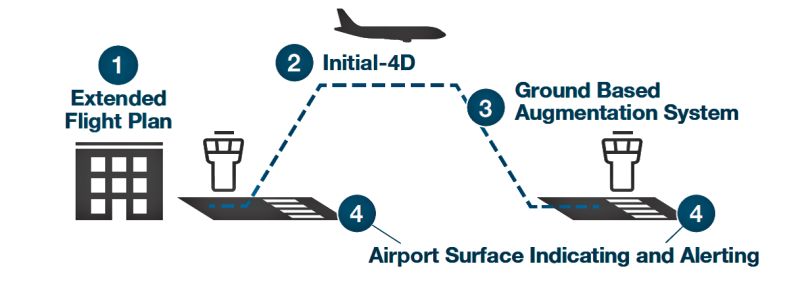
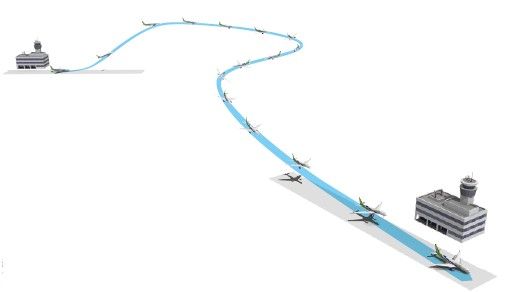
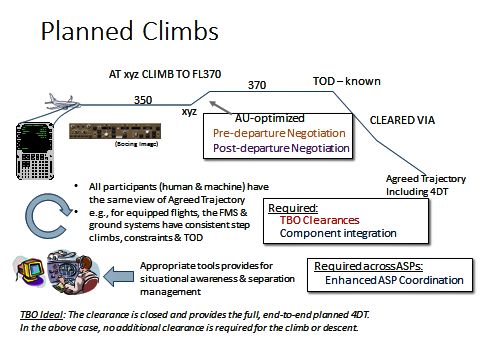
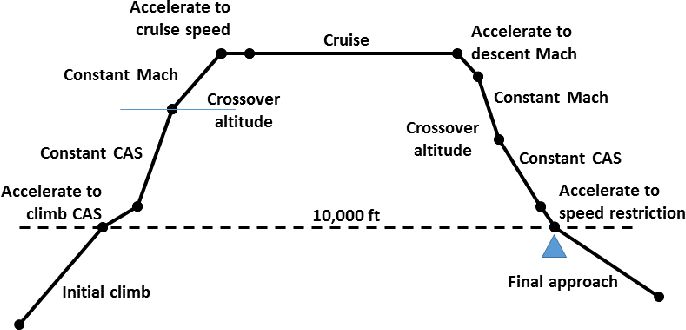
✈A concept enabling globally consistent performance-based 4D trajectory management by sharing & managing trajectory information.
✈TBO will enhance planning and execution of efficient flights, reducing potential conflicts and resolving upcoming network and system demand/capacity imbalances early.
✈It covers ATM processes starting at the point an individual flight is being planned through flight execution to post flight activities.
✈The ambitious concept of ATM modernisation is the move from “airspace-based operations” (e.g. traffic separation based on current position & radar plot) to “Trajectory-Based Operations”, relying mainly on accurate flight planning data, & accurate predictions of aircraft positions (the 4D aircraft trajectory).
✈Sharing & synchronization between all stakeholders, likes of Network Manager, the Air Traffic Control Units, the Airlines Control Centre & the aircraft will be the key.
✈This effort will enable conflicting trajectories to be resolved upfront & the controller’s role will evolve from short term tactical control to more strategic and monitoring tasks.
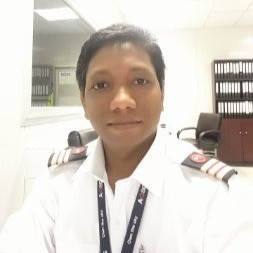
Author – Tanmay Palei
Sr. Aircraft Structure Engineer
